A Comprehensive Guide on Lifestyle Product Photography
Updated on
Among the various styles of photography, lifestyle product photography stands out as a compelling way to showcase products in real-life contexts. Unlike traditional product photography, which often relies on plain backgrounds and isolated shots, lifestyle photography captures products in relatable settings, often featuring people engaging with them. This approach not only highlights the product's features but also tells a story that resonates with potential customers.
The importance of lifestyle product photography cannot be overstated, especially in today's digital age. As consumers increasingly turn to online shopping and social media for inspiration, brands must find innovative ways to capture attention and foster emotional connections. Lifestyle images evoke feelings and aspirations, allowing consumers to envision how a product fits into their daily lives. Whether it's a cozy home scene featuring a beautifully styled kitchen gadget or an adventurous outdoor shot showcasing durable sports gear, lifestyle photography creates an inviting narrative that encourages engagement and drives sales.
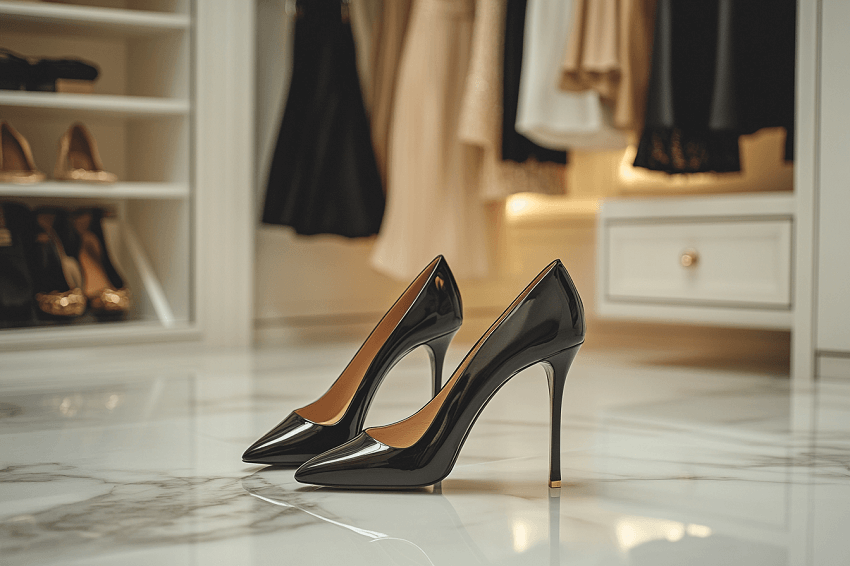
In this blog post, we will explore the essential elements of lifestyle product photography. Whether you're a budding photographer or a brand looking to enhance your marketing strategy, this guide will provide valuable insights to help you harness the power of lifestyle imagery.
- Accurate subject separation with transparent details and fine edges in a click
- Produce smooth, gradient-based alpha edges for natural background blending
- Obtain the original quality. Upscale/enhance images to maximize quality with AI
- Provide an AI-powered brush for quick, easy, and flexible manual adjustments
- Bulk processing. Run entirely locally to ensure user data privacy and security
Part 1. The Purpose of Lifestyle Product Photography
Lifestyle product photography serves several essential purposes that go beyond merely showcasing a product. It is a powerful marketing tool that helps brands connect with consumers on an emotional level, enhances product appeal, and provides context for potential buyers. Understanding these purposes can significantly impact how brands approach their visual storytelling.
One of the primary purposes of lifestyle product photography is to create emotional connections between the consumer and the brand. By depicting products in real-life scenarios, these images allow consumers to envision how a product will fit into their own lives. For example, a photograph of a beautifully designed coffee maker in a cozy kitchen setting evokes feelings of warmth and comfort, making potential buyers more likely to imagine that scene in their own homes. This emotional resonance is crucial for establishing brand loyalty; when consumers feel connected to a product or brand, they are more inclined to engage with it repeatedly and recommend it to others.

Lifestyle photography also significantly enhances the appeal of products by showcasing them in relatable and aspirational contexts. This approach allows brands to highlight the quality and craftsmanship of their products through carefully crafted images. For instance, a luxury handbag displayed in an elegant setting not only showcases the product but also tells a story about the lifestyle associated with owning it. By presenting products in environments that reflect the aspirations and lifestyles of their target audience, brands can increase desirability and relatability, ultimately driving consumer interest and sales.
Another critical purpose of lifestyle product photography is to provide context for the products being showcased. Lifestyle images help consumers understand how a product fits into their daily lives by demonstrating its functionality in real-world settings. While traditional product photos may only show the design or appearance of an item, lifestyle images illustrate how it can be used in various situations, enhancing its perceived value. For example, seeing a fitness tracker worn by someone during a morning run not only highlights its features but also shows its practical application in an active lifestyle.
Last but not least, lifestyle photography plays a vital role in enhancing brand storytelling. By capturing products within relatable narratives, brands can communicate their values and identity more effectively. This storytelling aspect humanizes the brand, making it more approachable and relatable to consumers. When potential customers see models using products in authentic scenarios, they can envision themselves in those situations, leading to stronger emotional connections.
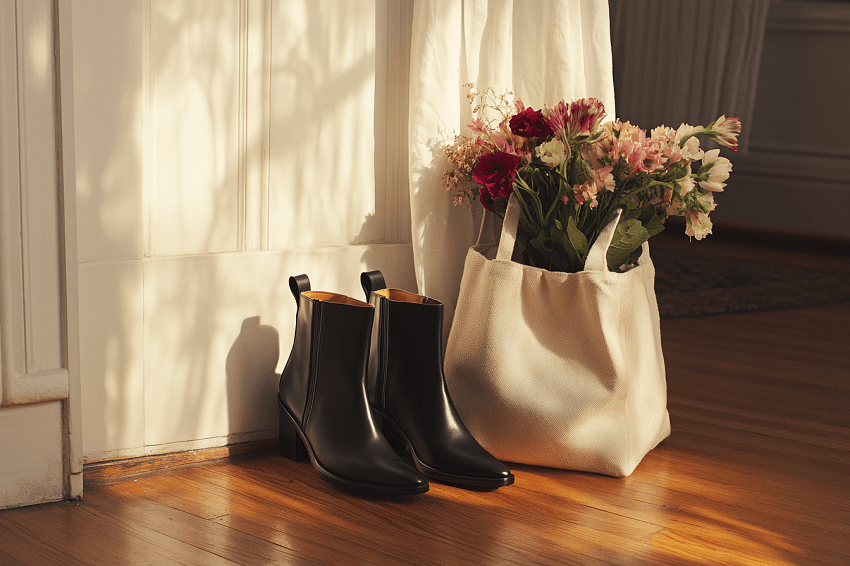
Part 2. Key Elements of Effective Lifestyle Product Photography
To create impactful lifestyle product photography, several key elements must be carefully considered. In this section, we will explore these elements one by one, starting with the setting, which plays a crucial role in establishing the mood and context of the image.
Element 1. Setting
The setting of a lifestyle product photograph is fundamental to conveying the intended message and aesthetic. It encompasses the environment in which the product is placed and can significantly influence how the product is perceived by potential customers. Here are some important considerations when choosing and creating the right setting for lifestyle photography:
1. Relatability: Selecting a setting that resonates with your target audience is essential. The environment should reflect where and how consumers would typically use the product. For example, if you are photographing kitchen gadgets, an inviting kitchen scene with warm lighting and a rustic dining table can evoke feelings of home and comfort. This relatability helps consumers visualize incorporating the product into their own lives.
2. Mood Creation: The setting also contributes to the overall mood of the photograph. Different environments can evoke various emotions; for instance, a bright, airy outdoor setting can convey freshness and vitality, while a cozy indoor space might suggest warmth and intimacy. Consider how the chosen setting aligns with your brand's identity and message. Using props that complement the setting can further enhance this mood.
3. Cleanliness and Clarity: While it's important for the setting to be visually appealing, it should not distract from the product itself. A cluttered or overly busy background can take attention away from the item being showcased. Aim for a clean and organized setting that highlights the product without unnecessary distractions. Neutral or soft-colored backgrounds often work well, allowing the product to stand out prominently.
4. Consistency with Brand Identity: The chosen setting should align with your brand's visual identity and messaging. Consistency across all marketing materials helps reinforce brand recognition and trust. If your brand promotes an active lifestyle, settings that reflect outdoor adventures or fitness environments will resonate more effectively than indoor scenes.
5. Versatility: Consider how versatile your chosen setting is for different products or scenarios. A well-thought-out backdrop can be used for multiple shoots, saving time and resources while maintaining a cohesive look across various campaigns. For instance, a beautifully styled living room can accommodate lifestyle shots for home decor items as well as fashion accessories.

Element 2. Models and Human Interaction
Incorporating models into lifestyle product photography is a vital element that significantly enhances the storytelling aspect of the images. Models not only showcase the products but also bring them to life through human interaction, making the photographs more relatable and engaging. Here are several key considerations for effectively using models in lifestyle photography:
1. Enhancing Relatability: Using models in lifestyle photography fosters relatability and trust among potential buyers. When consumers see individuals interacting with or using a product, they can better imagine themselves in those situations. For instance, a model enjoying a cup of coffee from a stylish mug in a cozy kitchen setting allows viewers to visualize their own experiences with the product. This emotional connection is crucial; research shows that images featuring human faces garner significantly more engagement than those without, highlighting the power of adding a personal touch to product photos.
2. Demonstrating Functionality and Scale: Models provide essential context that helps consumers understand how products fit into their daily lives. By showcasing products in use, photographers can effectively demonstrate functionality and scale. For example, a model wearing a new jacket while strolling through an urban environment not only highlights the jacket's style but also gives viewers a sense of how it looks in real life. This practical application can be particularly beneficial for items where size and usability are crucial factors for customers.
3. Creating Authentic Moments: Capturing genuine interactions between models and products can transform lifestyle photography from mere images into compelling narratives. Authentic moments—such as laughter, smiles, or candid gestures—convey how a product fits into everyday life, making it more relatable and appealing to potential buyers. Encouraging natural behavior during shoots can enhance realism; studies indicate that consumers are more likely to engage with images that feature real people demonstrating products in action.
4. Reflecting Brand Identity: The choice of models should align with your brand's identity and target audience. Selecting individuals who embody the lifestyle you want to portray helps create an authentic representation of your brand. Whether you opt for professional models or real customers, it's essential that they resonate with your audience. For example, if your brand targets outdoor enthusiasts, featuring models who reflect that active lifestyle will strengthen your imagery's impact.
5. Diversity and Inclusion: In today's market, showcasing diversity in models is increasingly important. Including individuals from various backgrounds, body types, and age groups not only reflects societal values but also broadens your brand's appeal. Consumers are more likely to connect with brands that represent them authentically, making it essential to consider inclusivity when selecting models for lifestyle photography.
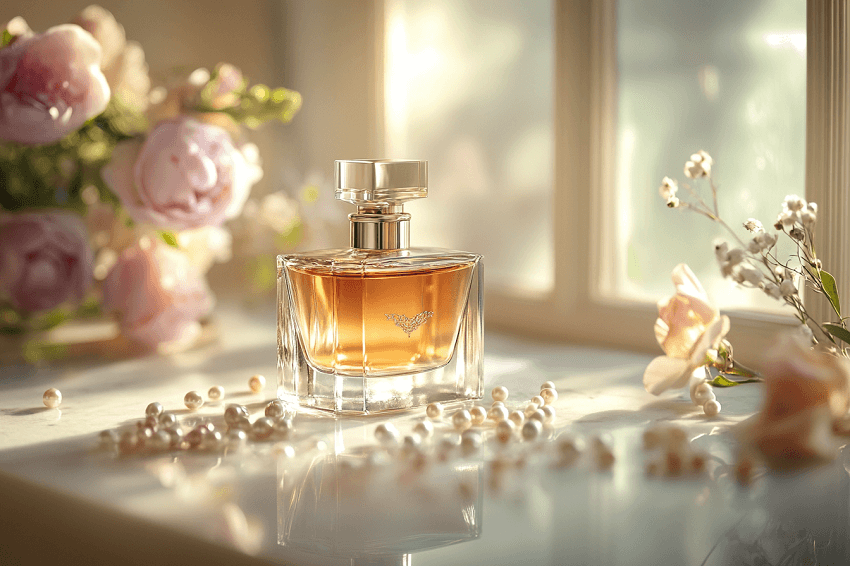
Element 3. Lighting
Lighting is one of the most critical elements in lifestyle product photography, as it can dramatically affect the mood, clarity, and overall appeal of the images. The right lighting can highlight a product's features, create depth, and evoke emotions that resonate with the audience. Here are key considerations for effectively utilizing lighting in lifestyle product photography:
1. Natural Light vs. Artificial Light: Choosing between natural and artificial light depends on the desired outcome and specific conditions of the shoot.
- Natural Light: Utilizing sunlight can create soft, flattering images that enhance the authenticity of lifestyle shots. The golden hour—shortly after sunrise or before sunset—provides beautiful, diffused light that adds warmth and depth to photographs. When shooting with natural light, it's essential to avoid harsh direct sunlight, which can create unflattering shadows and glare. Instead, aim for indirect sunlight or use reflectors to bounce light onto the product for a more even illumination.
- Artificial Light: This option offers greater control over lighting conditions, allowing photographers to achieve consistent results across different shoots. Artificial lighting setups often include softboxes, LED panels, or strobes that can be adjusted for intensity and direction. Using a combination of hard and soft light can help define textures while minimizing shadows. For example, a three-point lighting setup—comprising a key light, fill light, and backlight—can create a well-rounded illumination that enhances the product's features and separates it from the background.
2. Quality of Light: The quality of light—whether hard or soft—plays a significant role in how products are perceived in photographs.
- Soft Light: Soft lighting creates gentle shadows and minimizes harsh highlights, making it ideal for lifestyle photography where a natural look is desired. Softboxes or diffusers can be used to achieve this effect by scattering light evenly across the subject.
- Hard Light: In contrast, hard lighting produces strong shadows and highlights that can add drama and texture to an image. This type of lighting is useful for showcasing intricate details or creating a striking visual impact. However, it requires careful management to avoid unflattering effects.
3.Lighting Techniques: Experimenting with various lighting techniques can yield diverse results and enhance the overall composition of lifestyle product photos:
- Three-Point Lighting: This classic technique involves using three light sources to illuminate the subject from different angles. The key light serves as the main source of illumination, while the fill light softens shadows created by the key light. The backlight adds depth by creating separation between the product and its background.
- Backlighting: Placing a light source behind the product can create a halo effect that highlights edges and adds dimension. This technique is particularly effective for transparent or semi-transparent products, such as glassware or liquids.
- Side Lighting: Positioning a light source at a 90-degree angle to the camera creates strong dimensionality in images. Side lighting emphasizes textures and shapes, making it an excellent choice for products with intricate designs.
4. Consistency in Lighting: For brands aiming to maintain a cohesive visual identity across their marketing materials, consistency in lighting is crucial. Whether using natural or artificial light, ensuring uniformity in exposure and color temperature across all images helps reinforce brand recognition and professionalism.

Element 4. Composition
Composition is a fundamental aspect of lifestyle product photography that dictates how the various elements within a frame are arranged. A well-composed photograph not only highlights the product but also tells a story, engages the viewer, and evokes emotions. Understanding and mastering composition techniques can significantly enhance the visual appeal of your images. Here are some key principles to consider when composing lifestyle product photographs:
1. Establishing a Strong Focal Point: At the heart of effective composition is the establishment of a strong focal point. This focal point is typically the product itself, and it should be positioned in a way that draws the viewer's attention immediately. Strategic placement within the frame can be achieved through various techniques, such as using contrasting colors or textures to make the product stand out. Ensuring that the focal point is clear and prominent helps guide the viewer's gaze and emphasizes the product's features.
2. The Rule of Thirds: One of the most well-known compositional techniques is the rule of thirds. This principle involves dividing the image into nine equal parts using two horizontal and two vertical lines. By positioning key elements along these lines or at their intersections, photographers can create more dynamic and visually interesting images. For instance, placing a product slightly off-center can add balance and intrigue, making the composition feel more natural and engaging.
3. Utilizing Negative Space: Negative space refers to the area surrounding the main subject in a photograph. Effectively using negative space can draw attention to the product by providing room for it to "breathe" within the frame. This technique not only emphasizes the focal point but also creates a sense of simplicity and elegance in the composition. A clean background with ample negative space can enhance visual clarity, allowing viewers to focus on the product without distractions.
4. Choosing Camera Angles: The angle from which you photograph your subject can greatly influence its perceived appeal. Experimenting with different angles—such as eye-level, high-angle, or low-angle shots—can highlight various features of the product and create depth within the image. For example, a 45-degree angle often mimics how we naturally view objects on tables or shelves, making products appear more accessible and relatable to consumers.
5. Leading Lines: Incorporating leading lines into your composition can guide viewers' eyes toward the focal point, creating a sense of movement and direction within the image. These lines can be naturally occurring elements in the setting—such as pathways, railings, or furniture—or they can be created through strategic arrangement of props. Using leading lines effectively helps establish a visual flow that enhances engagement with the photograph.
6. Depth and Layers: Creating depth in your composition adds dimension and interest to lifestyle product photography. This can be achieved by incorporating foreground, middle ground, and background elements that work together harmoniously. For instance, placing props in front of or behind the main subject can create layers that draw viewers into the scene. Additionally, employing a shallow depth of field—where only part of the image is in focus—can further emphasize the product while softening distracting elements in the background.

Element 5. Color Palette
The color palette is a crucial element in lifestyle product photography, as it influences the overall mood, aesthetic, and emotional response of the viewer. A thoughtfully selected color scheme can enhance the storytelling aspect of the imagery and reinforce brand identity. Here are some key considerations for effectively utilizing color palettes in lifestyle product photography:
1. Understanding Color Theory: A solid understanding of color theory is essential for creating harmonious and visually appealing images. The color wheel serves as a foundational tool, illustrating the relationships between primary, secondary, and tertiary colors. By leveraging complementary (opposite colors on the wheel) or analogous (adjacent colors) schemes, photographers can evoke specific emotions and create a cohesive look that aligns with the brand's message. For example, warm colors like reds and oranges can evoke feelings of energy and excitement, while cool colors like blues and greens may convey calmness and tranquility.
2. Evoking Emotion: Colors have the power to evoke specific emotions and associations, making it vital to choose a palette that resonates with your target audience. For instance, earthy tones may suggest sustainability and comfort, while vibrant hues can communicate playfulness and creativity. When selecting a color palette for lifestyle product photography, consider the feelings you want to elicit from viewers and how those emotions align with the product being showcased.
3. Consistency Across Images: Maintaining consistency in color palettes across all lifestyle product photographs is essential for reinforcing brand identity. A unified color scheme helps create a recognizable visual style that consumers can associate with your brand. This consistency can be achieved by using specific colors in backgrounds, props, and even models' clothing that complement the product being featured. For example, if a brand's primary color is blue, incorporating various shades of blue throughout the imagery can create a strong visual connection.
4. Utilizing Color Contrast: Effective use of color contrast can make products stand out within an image while adding depth and interest to the composition. High contrast between the product and its background can draw attention to key features and enhance visual appeal. For instance, a bright-colored product against a muted background will naturally attract more attention than if both elements were similarly toned. However, it's important to strike a balance; too much contrast can be jarring, while too little can lead to a lack of focus.
5. Seasonal Considerations: Seasonality can also play a role in choosing an appropriate color palette for lifestyle product photography. Different seasons evoke different feelings and associations; for example, warm autumn colors like oranges and browns may be ideal for fall-themed products, while pastel shades are often associated with springtime freshness. Aligning your color choices with seasonal themes can enhance relatability and appeal to consumers' current moods.

Part 3. Planning Your Shoot
Effective lifestyle product photography begins long before the camera clicks. Careful planning is essential to ensure that every aspect of the shoot aligns with your creative vision and marketing goals. Here are key steps to consider when planning your lifestyle product photography shoot:
Step 1. Concept Development
The first step in planning your shoot is to develop a clear concept that aligns with your brand's identity and resonates with your target audience. Consider the story you want to tell through your images. What emotions do you want to evoke? What lifestyle do you want to portray? Brainstorm ideas that reflect the product's features and benefits while appealing to the aspirations of your audience. Creating a mood board can be an effective way to visualize your concept, incorporating inspiration from other photographers, color palettes, and settings.
Step 2. Creating Mood Boards
Mood boards serve as a visual reference that encapsulates the overall aesthetic and feel of your shoot. They can include images, color swatches, textures, and even typography that inspire your vision. By compiling these elements, you create a cohesive guide that helps communicate your ideas to team members, models, or clients. Mood boards can also assist in decision-making regarding props, settings, and styling choices, ensuring everyone involved is on the same page.
Step 3. Preparing a Shot List
A well-prepared shot list is crucial for maximizing efficiency during the shoot. This list should outline all the specific shots you want to capture, including angles, compositions, and any particular details or features to highlight. By having a clear plan in place, you can stay organized and focused during the shoot, reducing the likelihood of missing important shots or running out of time. Consider prioritizing key images that are essential for marketing purposes while allowing some flexibility for spontaneous moments.
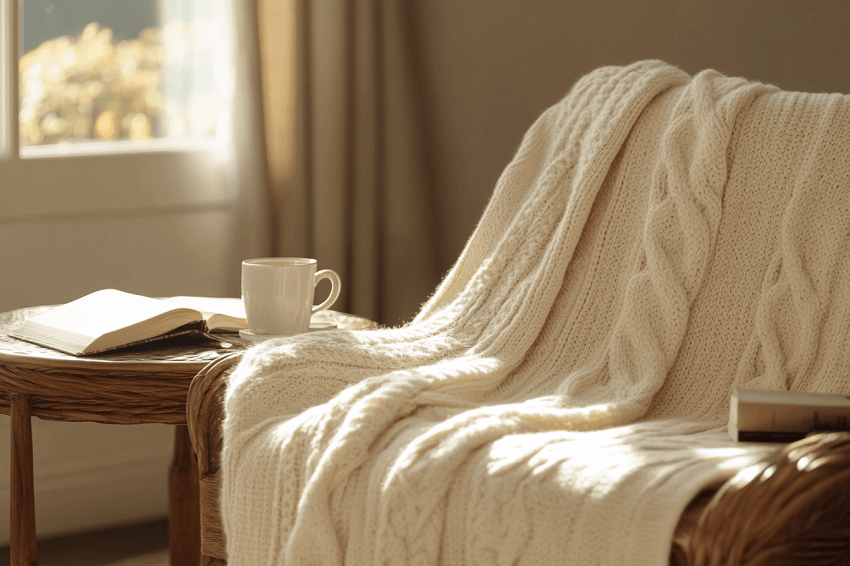
Step 4. Timing Considerations
Timing plays a significant role in lifestyle product photography, particularly concerning natural light conditions. If you're shooting outdoors or in spaces with large windows, consider scheduling your shoot during the golden hour—shortly after sunrise or before sunset—when natural light is soft and warm. Additionally, if you are working with models or props that require specific arrangements, ensure that everyone involved is aware of the timeline and any necessary preparations.
Step 5. Location Scouting
Choosing the right location is crucial for achieving the desired aesthetic and vibe for your lifestyle product photography. If shooting indoors, consider settings that reflect the lifestyle associated with your product—such as a stylish kitchen for home goods or a cozy living room for fashion accessories. If shooting outdoors, scout locations that offer visually appealing backdrops while considering factors like accessibility and lighting conditions. Visiting potential locations ahead of time allows you to envision compositions and make any necessary adjustments before the actual shoot.
Step 6. Equipment Check
Before heading into the shoot, ensure that all necessary equipment is prepared and in working order. This includes cameras, lenses, tripods, lighting gear, reflectors, and any props or accessories you'll be using. Conducting a thorough equipment check helps prevent technical issues during the shoot and ensures that you're fully equipped to capture high-quality images.
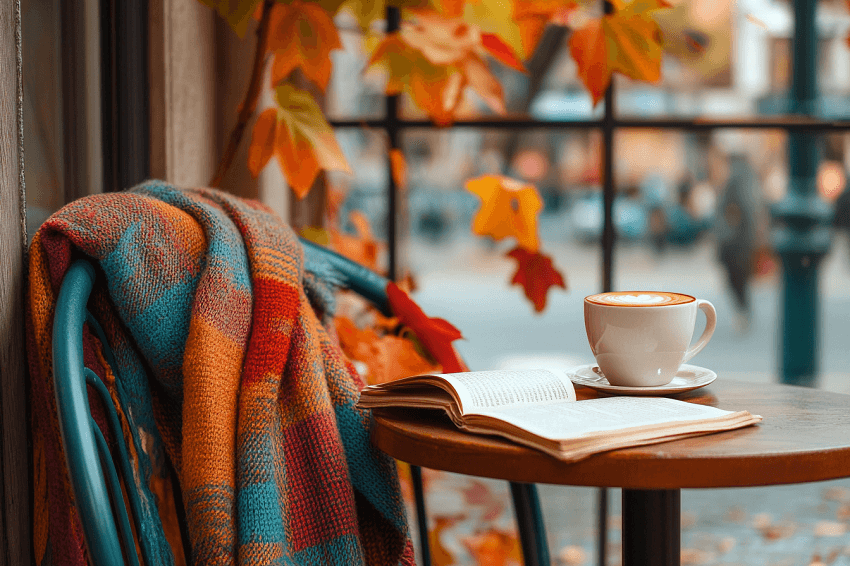
Part 4. Practical Tips for Capturing Lifestyle Product Photos
Capturing stunning lifestyle product photos requires a combination of creativity, technical skills, and strategic planning. Here are some practical tips to help you achieve engaging and effective lifestyle imagery that resonates with your audience:
Tip 1. Choose Authentic Settings: Select locations that mirror real-life situations where your target audience would use the product. Authentic environments—such as cozy living rooms, vibrant cafés, or scenic outdoor parks—help create relatable images that connect with viewers on a personal level. Consider exploring local spots that reflect everyday life and scout locations ahead of time to ensure they align with your vision.
Tip 2. Incorporate Models: Using models in your lifestyle photography can significantly enhance the appeal of your images. Models help demonstrate how products fit into daily life, allowing consumers to visualize their use. Ensure that the models you choose are appropriate for the product and resonate with your target audience. For example, if you're photographing athletic gear, select models who embody an active lifestyle.
Tip 3. Experiment with Angles: Don't be afraid to explore unique angles and perspectives when capturing lifestyle shots. Unusual viewpoints—such as bird's eye views, low angles, or close-ups—can add visual interest and drama to your images. This experimentation can help convey the product's story in a way that engages viewers and captures their attention.
Tip 4. Use Natural Light: Whenever possible, utilize natural light to create soft, inviting images that feel genuine and relatable. Natural light enhances the authenticity of your photos and minimizes harsh shadows. If shooting indoors, position your subject near windows or in shaded areas to achieve even exposure. If necessary, use reflectors or diffusers to soften light and reduce glare.
Tip 5. Show Scale and Context: Incorporating elements that demonstrate scale can help online buyers understand the size and usability of a product in real-world contexts. For instance, showing a hand holding a coffee mug or a model wearing a watch provides viewers with a relatable reference point. Contextualizing products within their intended environments—like placing a yoga mat in a serene studio—can also enhance relatability.
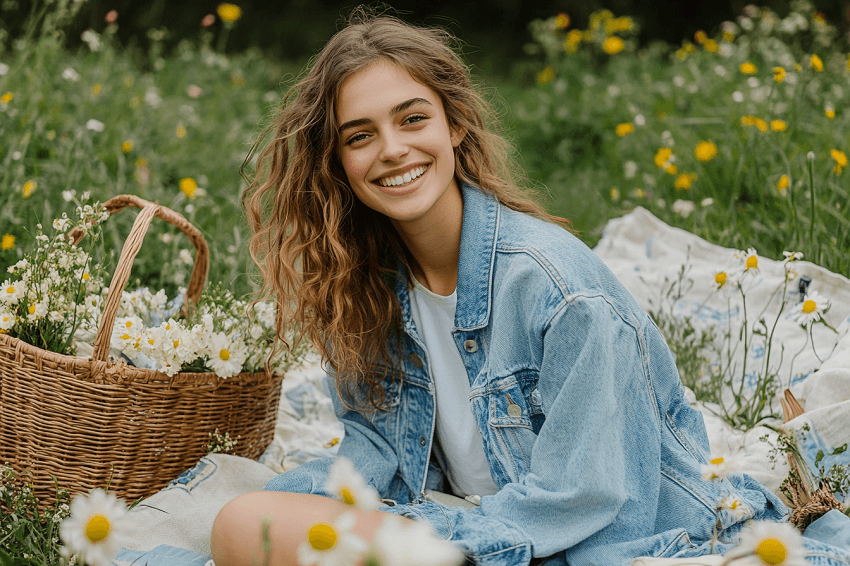
Tip 6. Create a Story: Aim to evoke emotions through storytelling in your lifestyle photography. Thoughtfully chosen props and settings can help narrate the product's story and its relevance to the consumer's life. For example, if photographing wine glasses, consider setting up an elegant dinner scene with candles and flowers to create an inviting atmosphere that resonates with viewers.
Tip 7. Utilize Color Psychology: Be mindful of color choices in your photography as they can influence viewer perception and emotions. Different colors evoke different feelings; for instance, warm colors like reds and oranges can convey energy, while cool tones like blues suggest calmness. Align your color palette with the emotions you want to evoke and ensure it complements the product being showcased.
Tip 8. Take Multiple Shots: When capturing lifestyle product photos, it's essential to take multiple shots from various angles and perspectives. This practice allows you to select the best images during post-production and ensures you capture spontaneous moments that may arise during the shoot. Utilize continuous shooting mode to maximize your chances of getting the perfect shot.
Tip 9. Pay Attention to Details: Small details can make a significant difference in lifestyle photography. Ensure that props are relevant and enhance the story without overwhelming the main subject. Clean backgrounds, well-organized settings, and thoughtful arrangements contribute to polished images that effectively highlight the product.
Tip 10. Edit Thoughtfully: Post-production is an integral part of lifestyle photography that allows you to refine your images further. Use editing software to enhance colors, adjust lighting, and crop images for better composition while maintaining authenticity. Avoid over-editing; aim for a natural look that accurately represents the product.
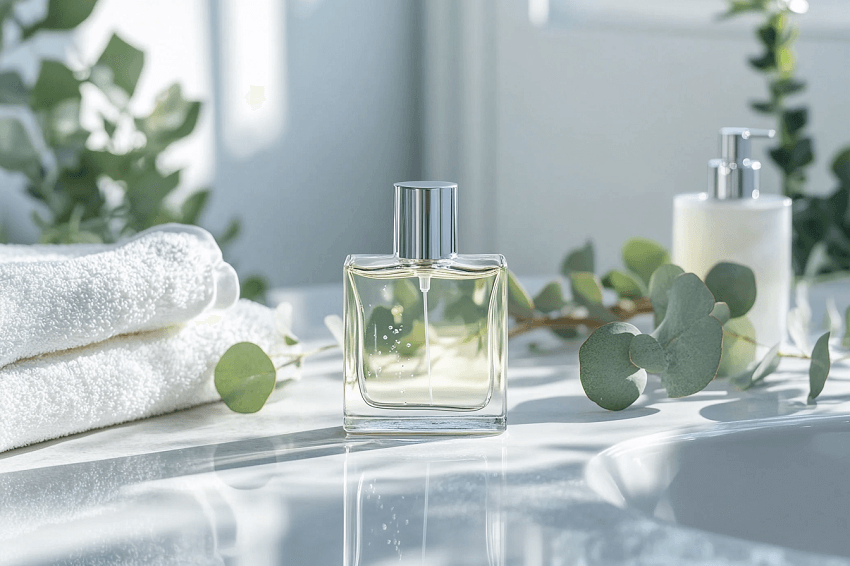
Conclusion
Throughout this post, we've explored the essential elements of lifestyle product photography, including the importance of setting, the role of models, effective lighting techniques, composition strategies, and the significance of color palettes. We also discussed the critical steps involved in planning a successful shoot and practical tips for capturing stunning images that resonate with your audience.
As you embark on your lifestyle product photography journey, remember that preparation and creativity are key. Take the time to develop thoughtful concepts, choose authentic settings, and experiment with various techniques to create compelling narratives that showcase your products in their best light. With practice and attention to detail, you can produce captivating lifestyle imagery that not only enhances your brand's visual identity but also drives consumer engagement and sales.

